An Overview of a Finnish Jazz Album by Ethan Smith
When I was first asked by Kraków Music if I could review a Finnish jazz album, there were two thoughts that came to mind. Firstly, never before had I written a music review that would be published in any official way. And secondly, I felt tentative when I heard that it was a jazz album by a group from Finland.
But here’s why:
The Nordic and Scandinavian countries have forged their reputation as the leading exponents of free and experimental music over the years.
I had spent two semesters as an exchange student in the jazz department at a music conservatory in Oslo, Norway a few years ago. It was the most prolific year I had in the early days of my musical development. It also meant that I had come to know and understand the climate within which the jazz and improvised music from the Nordic/Scandinavian regions were from. Furthermore, as a general tongue-in-cheek idiom within the jazz community, ‘free jazz’ is often prefixed with the word ‘Scandinavian’. And with right reason. The Nordic and Scandinavian countries have forged their reputation as the leading exponents of free and experimental music over the years. I simply thought that I wouldn’t know what to write if it were a wailing, Finnish, free-jazz album. And that’s a forgivable first thought I feel, especially given the credentials of the lead saxophonist Sami Sippola’s reputation in the Finnish jazz and improvised music scene. I breathed a sigh of relief when I had these insecurities culled. This album, “Vodjanoi” by Hot Heros, was a pleasure to listen to, and I was happy to find that it was not only a wailing free jazz album. And that there was, in fact, much to write about.
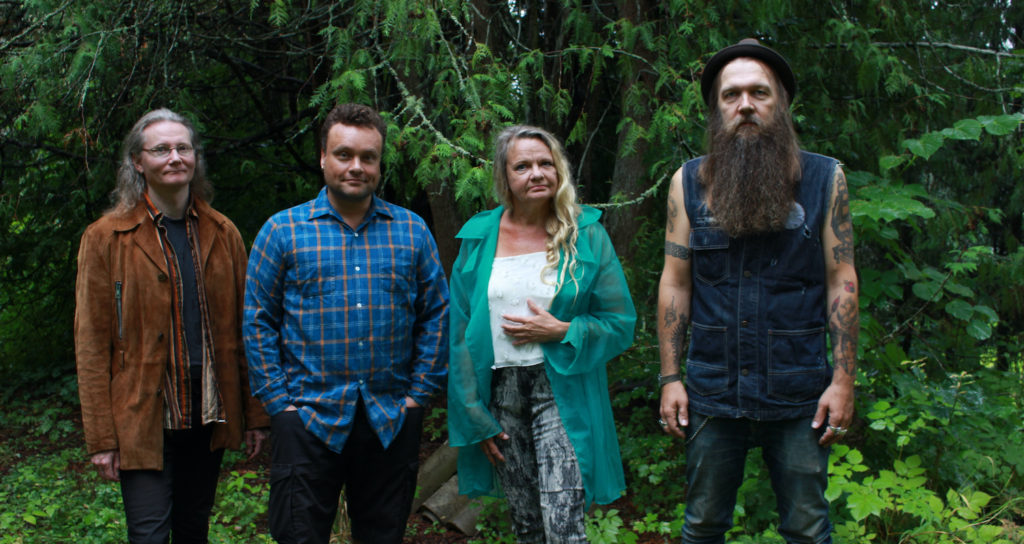
The Finnish trio Hot Heros consists of Sami Sippola on tenor saxophone, Ville Rauhala on double bass, and Janne Tuomi on drums. In this particular outing they are joined by decorated ECM recording artist, Iro Haarla on the piano. The credentials for each of these musicians are easily found, and speak for themselves. For this reason, I won’t get into any of those details here. Instead, we’ll delve straight into the impressions of the music.
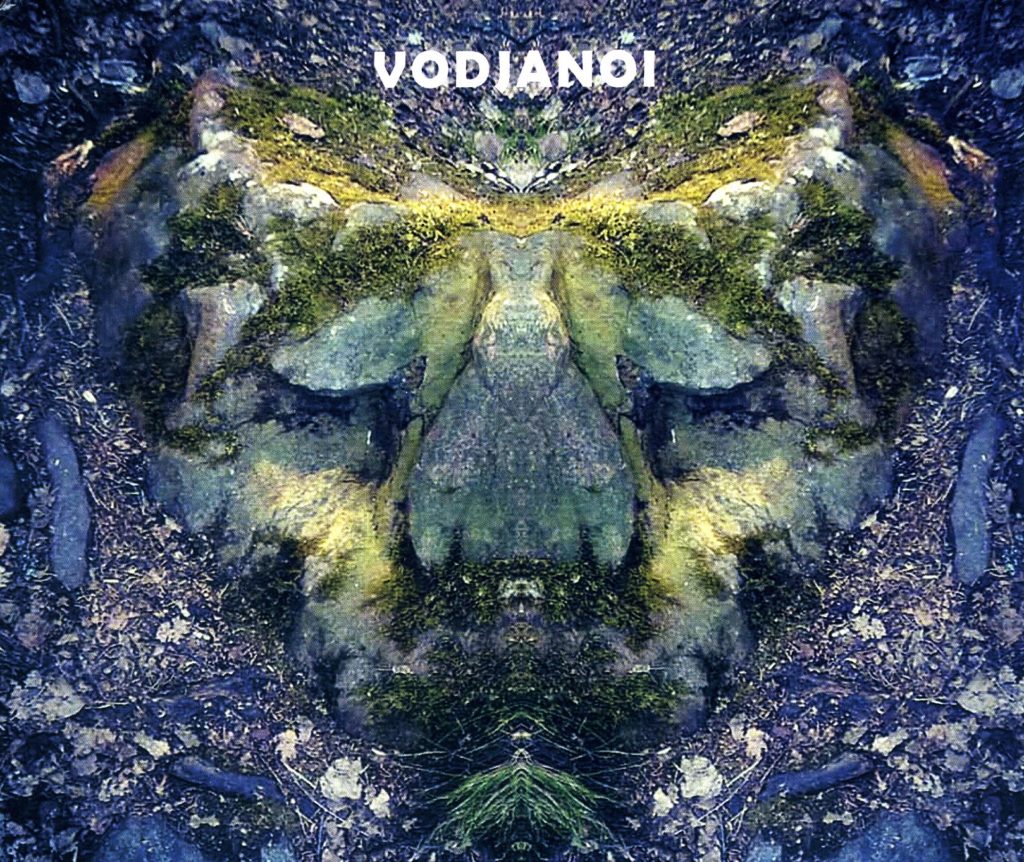
Artist: Hot Heros
Album: Vodjanoi
Genre: Nordic Jazz
Label: Karkia Mistika
Year: 2020
Hot Heros
Sami Sippola – tenor saxophone
Ville Rauhala – double bass
Janne Tuomi – drums
Guest musician
Iro Haarla – piano
The making of Vodjanoi
In January 2020 Hot Heros (Sami Sippola : tenor saxophone, Ville Rauhala : double bass, Janne Tuomi : drums) and pianist/composer Iro Haarla recorded an album of music influenced by nature and the spirit of Northern Finland. The recording sessions were held at Haarla´s old country mansion at Tervakoski, a beautiful house full of music, surrounded by big trees and a wild garden…
The album Vodjanoi invites the listener to hear the sound of the deep woods and offers peace of mind. The trio’s trips to Lapland and especially to Sami-regions (the indigenous people of Northern Lapland) have been the main inspiration for this album and have left an abiding longing towards the North.
The album’s name Vodjanoi comes from Slavic mythology and means a merman who lives inside a lake or at the bottom of the sea. He can be either a guardian to the fisherman or the arch-enemy depending on what one offers to him. Sippola who hails from a coastal town from south of Finland is well educated on local folktales and often inspired by them.

The very first track Kuulin Suden sets the tone right off the bat. A meditative, slow-medium tempo march with Sippola stating the melody in the lower ranges of his tenor sax. Sippola dances in and out of the harmony for his first solo. His musings are calculated and calm, all the while carried reliably by the steady gait of the rest of the ensemble. Iro Haarla’s piano is elegant, stately, and regal, never saying more than what needs to be said.
The second track Karhuntanssi follows suit. The melody is stated with the lower and mid ranges of Sippola’s tenor once again. His solo begins to simmer a bit more with this particular tune, though he remains composed and contained. He begins to yearn and cry, but only for a moment. A Freudian slip, or intentional artistic foreshadowing? I prefer the latter. We also get the first introduction to Rauhala’s bass solos. Rauhala pulls the listener in with his presentation, all the while Haarla accompanies Rauhala’s bass with her whispers in the upper register of the piano.
In the third track, Kullankaivajan blues, Haarla opens the melody with a short piano interlude followed by the rest of the ensemble. Here too we get the pleasure of hearing Tuomi’s first drum solo. He doesn’t rush or bulldoze his way through it. The opposite in fact. He leaves enough space between hits, giving the listener the opportunity to digest each phrase. Rauhala moans with his bass in the background before Sippola and Haarla join in. Things get going with this track. It marks a significant point in the contour of the album – the beginning of the climb to the apex. The ensemble descends into freer musical cascades and improvisations. Though it never feels unearned. It sometimes happens that musicians ‘play free’ simply for the sake of playing free. There isn’t wrong with this per se, although there is often the risk of the spirit of the music becoming compromised or lost entirely. I feel that with this track the Hot Heros ensemble presents a case study in how it could be done tastefully, masterfully, and with right intention. They rise together and coalesce in these free improvisations. It isn’t long-winded, nor is anyone trying to outplay anyone else. They leave you with just enough, and repose the ear of the listener with the recapitulation of the melody at the very end of the track.
Niin on kehto tyhjillaan marks the midpoint of the album. This is a statement of a more direct intent: “we have reached the top,” say the ensemble in their Coltrane-Quartet’esque manner.
Haarla purposefully rocks the harmonic boat from side to side with her diminished harmony improvisations, while Sippola makes a classic “Coltrane-like” entrance with his solo. He goes from zero to one hundred in a matter of seconds, and holds nothing back. The softer statements have been made hitherto, now the gloves come off and there is a frill of musical ecstasy and abandon. Again though, it’s never too long or too much. All the while Rauhala and Tuomi hold the foundations strong on the bass and drums.
Por que tu sonrisa me mata opens with a haunting bowed bass solo from Rauhala. Haarla joins the conversation a little later. The rest of the ensemble join to state the melody, after which the rhythm breaks into a freer form between piano, bass, and drums. The saxophone is gracefully welcomed into the space, and Sippola builds a well-tailored solo.
Murmansk feels as if it is a fitting continuation of the one before. It’s a drone with no melody. Rumblings from the piano and drums with single notes interspersed from the saxophone. Sippola plays with a tone, attack and approach that took my thoughts to the playing of Jan Garbarek – stark, directed, cutting, emotive, wailing long tones, and wide in its dynamic range.
Vodjanoi, the title track of the album, reposes the ear of the listener. After the freer forms of the three tracks before, the ensemble sings a lyrical, yearning melody that is graceful, subtle and succinct. It is straightforward, delightful, and expertly delivered.
Vedenueito, the final track on the list, seems an ode with its major tonality and harmony poking its head out every once in a while – especially with Haarla’s solo – which is a refreshing flavour to the ear. There is a lot in this particular track that takes my memory to Paul Motian’s “Lost in a Dream” album.
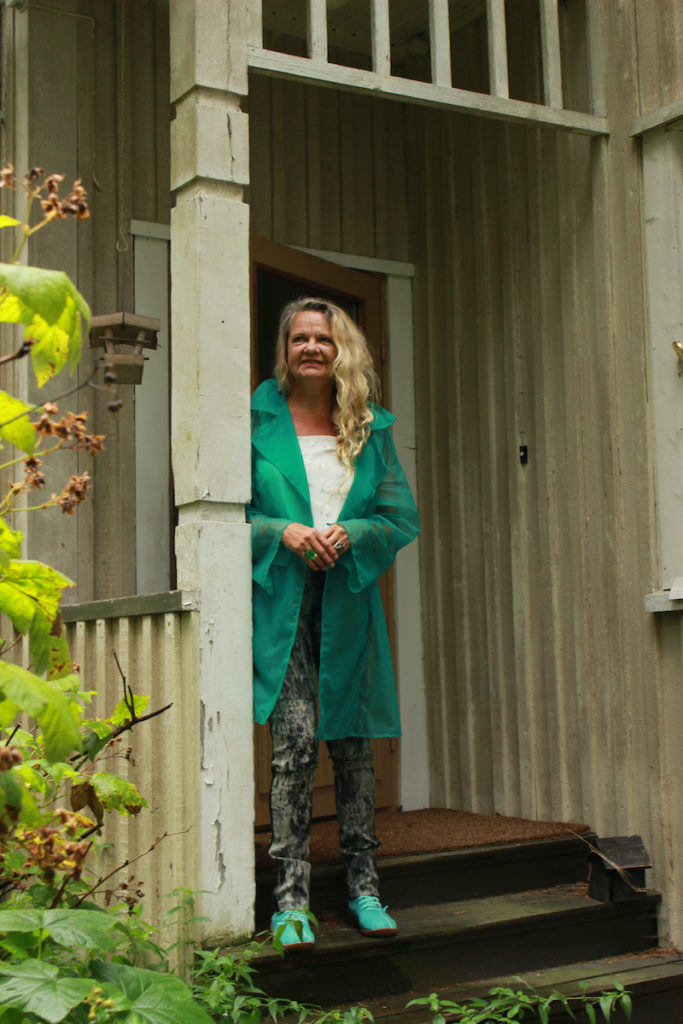
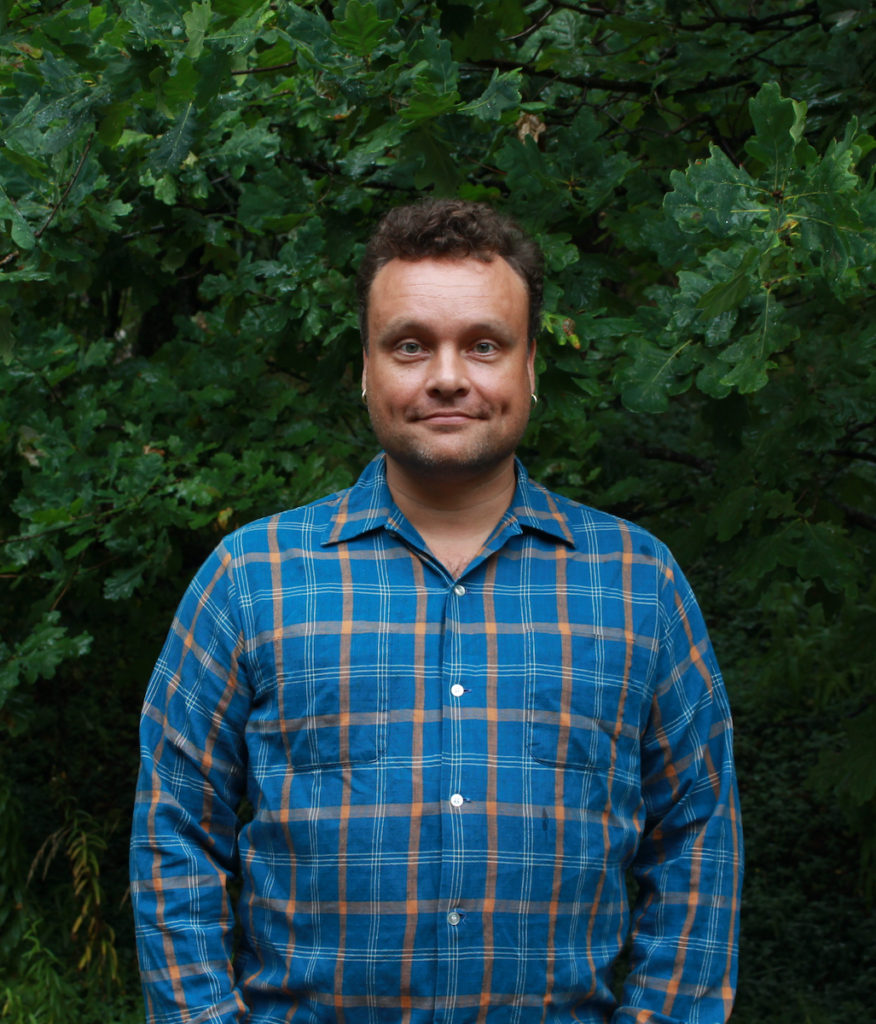
All in all Vodjanoi is a brooding, meditative, pensive, and deliberate album that is exceptionally well-paced. It also carries a fidelity of sound through its entirety. This latter point is one that is so often missed – especially in our modern times of music streaming. It has become the norm for us to cherry-pick the tunes we like rather than buckle in to listen to an album through-and-through. And so we miss the personalism in narrative that adds so much to an album; narratives with their ebbs and flows, climbs and falls.
Often it’s also the case that artists simply ‘put all the songs they have’ for that particular period of time onto one album. With Vodjanoi, however, I felt how deliberate and thought through the position of each composition was. Nothing felt out of place. And never was there that dreaded moment we all know too well when we want to ‘skip this track because the next track is so much better’. On the contrary, Vodjanoi feels like a journey, it begins on the flatter lands, it climbs, it peaks, and it resolves, each track building off the one before and lending to the ones to come.
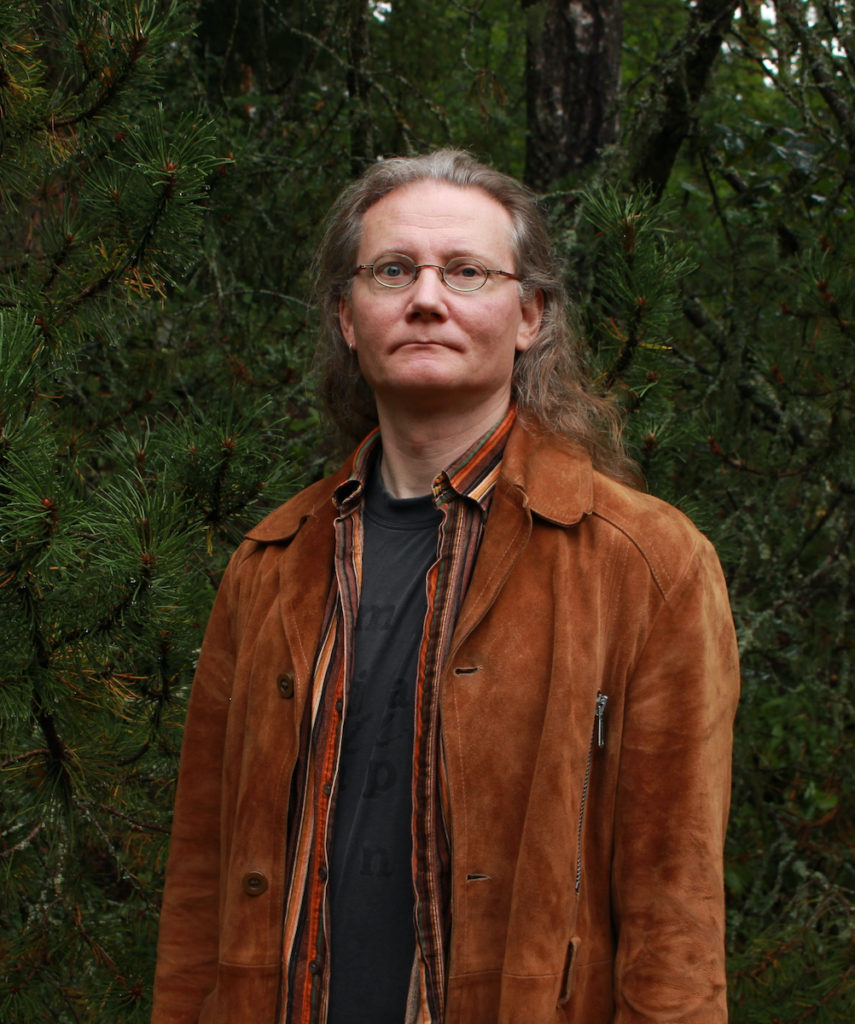
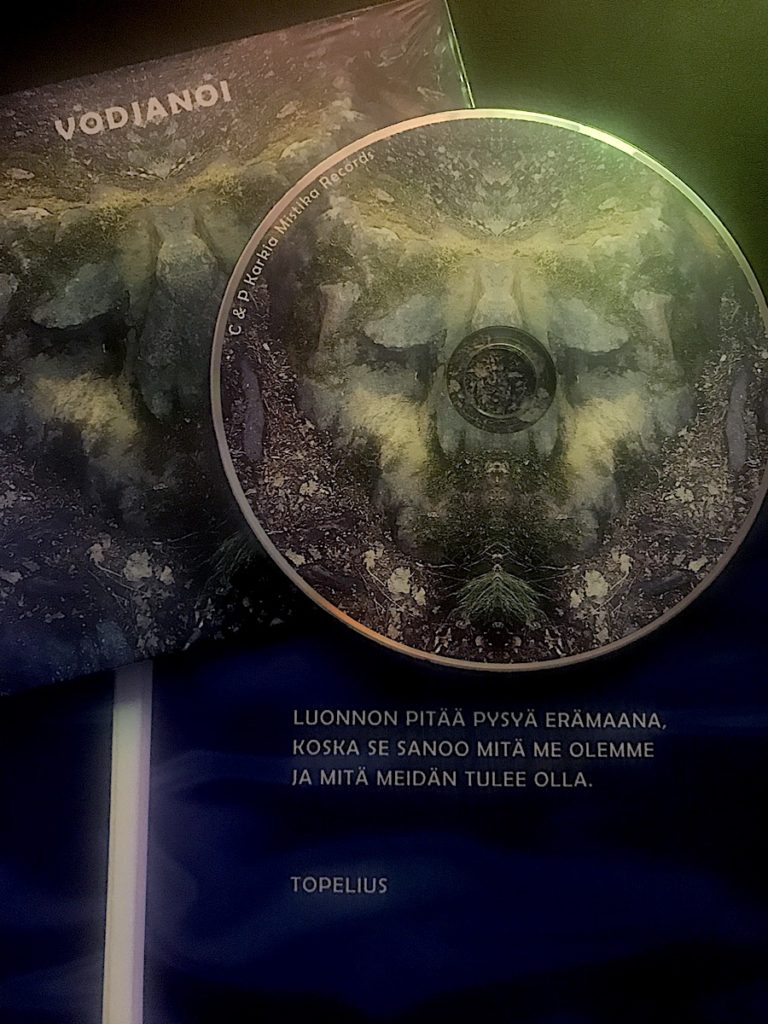
” Nature must stay as wilderness, ´cause it says what we are and what we must be.” — Topelius
The quotation from author Sakari Topelius (1818-1898) on the inner sleeve of the album urges us to appreciate and preserve the wilderness and seek a deeper understanding to live together with nature.
It’s a pleasure seeing and hearing professionals at work. There is a magic to be found in mastery, and surely the magic is here.
I commend the musicians. It’s a pleasure seeing and hearing professionals at work. There is a magic to be found in mastery, and surely the magic is here. Haarla’s guest feature is welcomed. I think her style, sensibilities, and touch is extremely compatible with the rest of the trio. And here’s to hoping that there may be more collaborations between them in the future.
The mixing and mastering of Vodjanoi is immaculate as well. A salutation and a tip of the hat to the team behind the production of this album. It’s clean and well balanced and is a reflection of exactly what we come to expect with jazz albums from the Nordic countries. And is loyal to the “third stream”, or as we know it colloquially, “ECM” sound. It’s top-shelf quality.
To the serious music listener and music student, I would say that this is an incredible case-study in ensemble playing. The individual improvisations always felt ‘enough’ – not too little, and not too much. The group improvisations (and just the ensemble playing as a general whole) is a delightful display of what it’s like when musicians are truly listening to one another, and are consciously ‘tuning in’ to one another.
To the casual music listener, I think you may find great delight in the general mood of the album. There’s little risk of your ear feeling overloaded or overwhelmed since everything is so well-paced and well placed.
In closing, the contour of this album is exceptionally well crafted. All elements from the musicianship through to the production blend together expertly. And the balance between freer forms and the delivery of melody and harmony is something noteworthy. I would encourage you to listen to it from the beginning to the end, in order, and without interruption.
